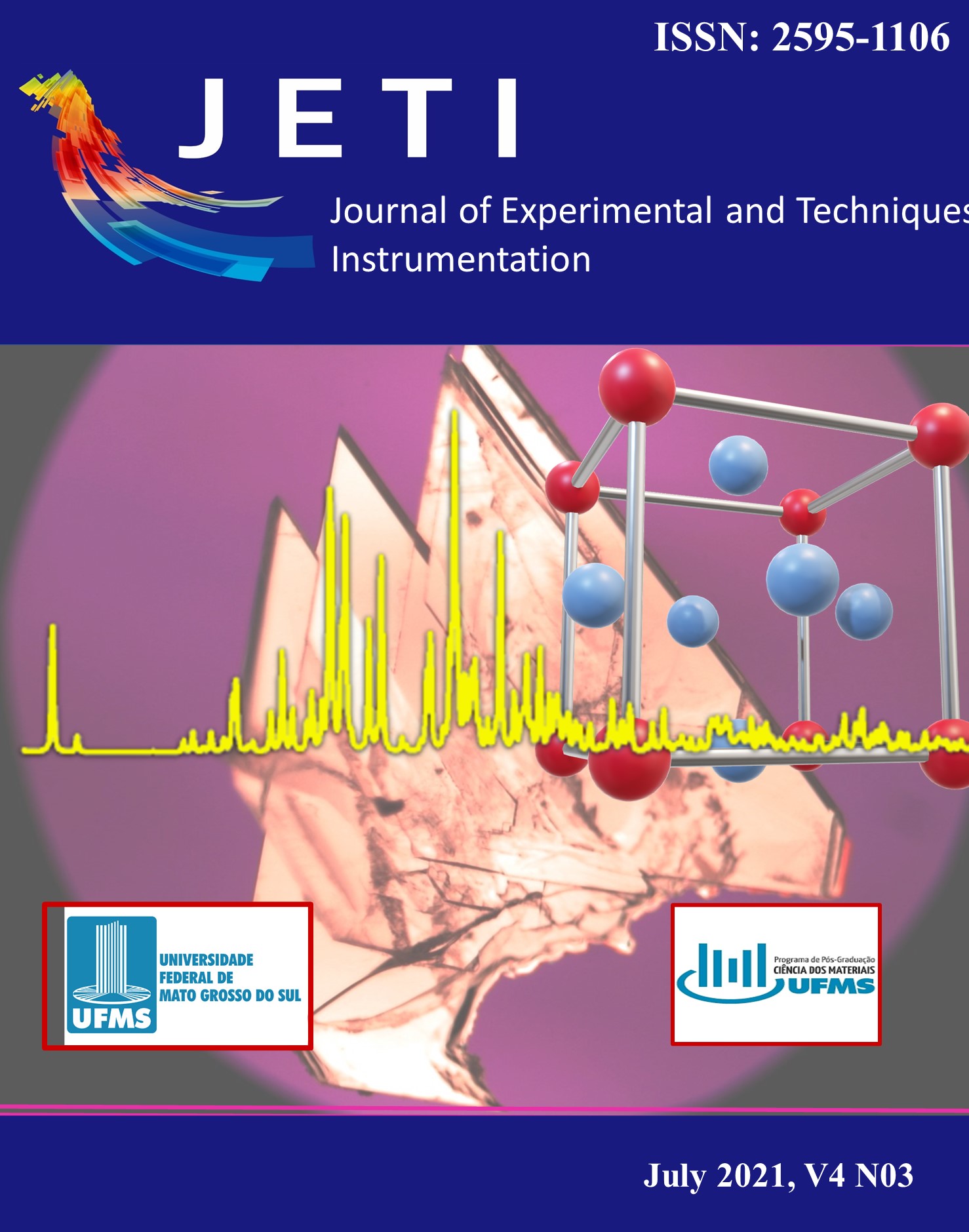A cristalografia e técnicas analíticas na descoberta de novos minerais no Brasil do século XXI
Abstract
The 21st century represents a turning point in the discovery of new Brazilian mineral species. Such a discovery is intrinsically associated with the efforts of many researchers who have directed their research areas to crystallography and mineralogy, together with advances in several analytical techniques. X-ray diffraction (powder and single-crystal), neutrons, electrons and software for structural refinements have leveraged the characterization of minerals; moreover, the impressive evolution of spatial resolution, accuracy, precision and detection limits for analyses of chemical composition by scanning electron microscopes and electron microprobes have enhanced both determination and discovery of new minerals. Data on menezesite, the first natural heteropolyniobate, were first published in 2008, and by 2000, all Brazilian minerals had totaled 36 species. In the 21st century, 38 new minerals have been discovered in Brazil and approved by the International Mineralogical Association (IMA), and 5688 mineral species are currently known (March 2021). Technological advances, such as construction of new synchrotron light sources, will enable investigations on increasingly smaller crystals (e.g., nanoparticles), which will cross new frontiers of knowledge.
The Articles do not require transfer of copyright as the copyright remains with the author. In confirming the publication of your article with open access you agree to the Creative Commons Attribution License.




